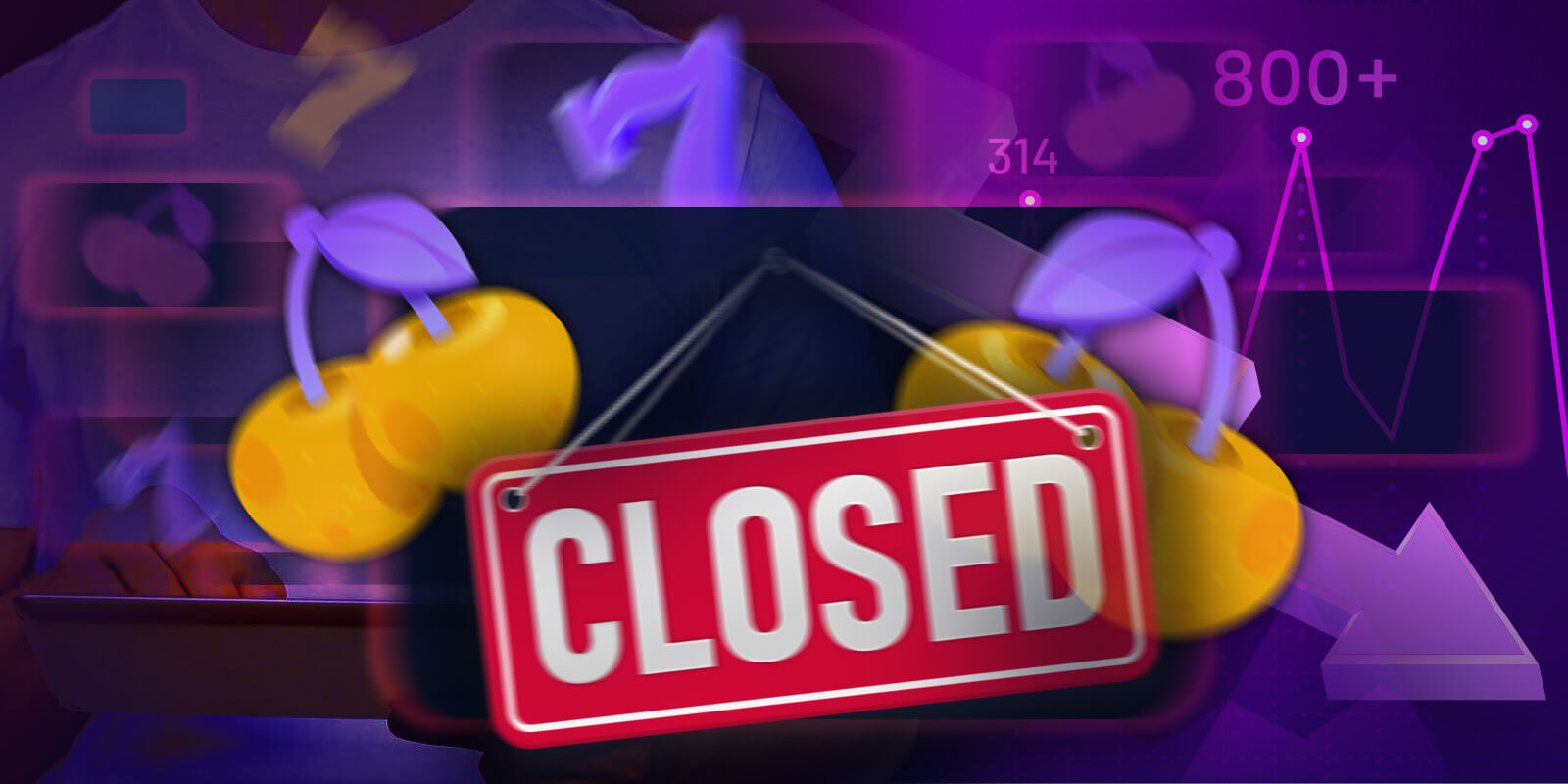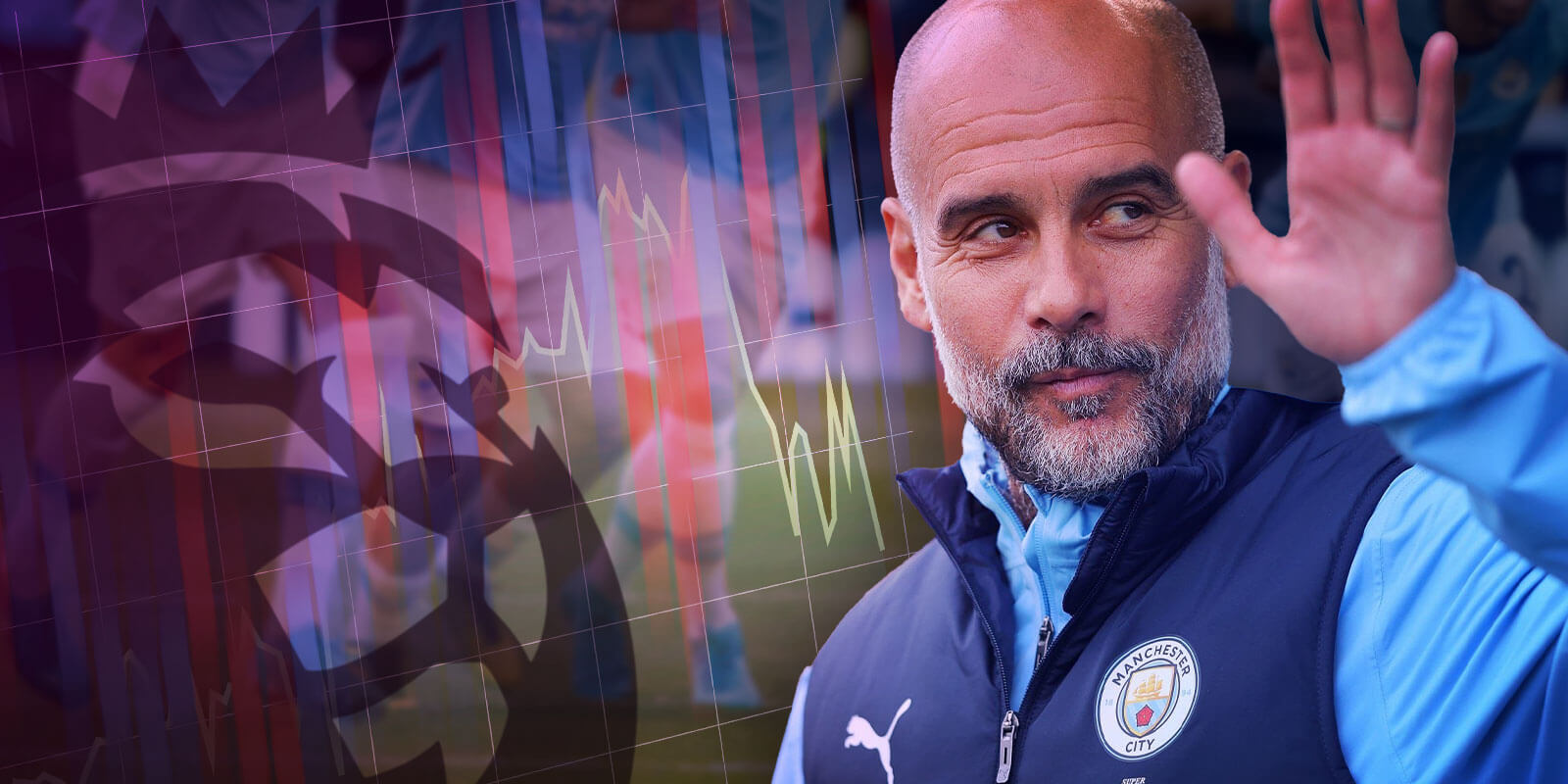What's the Probability of a Premier League Club Re-hiring a Former Manager

Affiliate Disclosure : We earn a commission from partners links on BetterGambling. Commissions do not affect our editors' reviews, recommendations, or ratings.
In football, sentimentality is supposed to be rare. Results are everything, and second chances? Even rarer. But in the Premier League, a curious pattern keeps reappearing: clubs bringing back former managers. From José Mourinho’s Chelsea return to Roy Hodgson’s many revivals, the idea of re-hiring was once seen as a sign of desperation, and now it is slowly becoming a tactic. But how often does it actually happen? Let’s run the numbers and see what the odds really are.
How Often Do Premier League Clubs Bring Back a Former Manager?
We analysed the last 20 full Premier League seasons (2003/04–2022/23) and reviewed all managerial appointments made by clubs during that time. In total, 45 unique Premier League clubs have operated during this period. Across roughly 280 full-time managerial appointments, 27 were re-hires, defined as managers who previously held the job (not caretakers) and were later appointed again by the same club.
That gives us a re-hire rate of 9.6%, or roughly 1 in 10 full-time Premier League appointments is a returning manager. To put it into perspective, that’s lower than the chances of a substitute scoring a goal. But if we narrow it down to clubs that have existed in the league for 10+ seasons in that period, the likes of Chelsea, West Ham, Crystal Palace, Newcastle and Everton, the re-hire rate rises to nearly 18%, or 1 in 5.

Iconic Examples: Who Came Back?
Not all returns are built on sentiment – some are tactical, others are pure chaos. But when a Premier League club calls an old boss back into the dugout, it’s rarely quiet. These reappointments tend to split the room: fans either brace for brilliance or fear déjà vu.
Still, history shows us it’s happened more often than many realise, and some of these comebacks have reshaped seasons, trophies, and entire club legacies:
- José Mourinho (Chelsea): Sacked in 2007 after two titles. Rehired in 2013. Won the league again in 2014-15.
- David Moyes (West Ham): First stint (2017–2018), not renewed. Rehired in 2019. Took the club to the Europa League semi-final and won the Conference League.
- Roy Hodgson (Crystal Palace): Retired in 2021. Rehired in 2023. Helped stabilise the squad mid-season.
- Kenny Dalglish (Liverpool): Returned in 2011 after 20+ years. Won the League Cup, but didn’t last.
Do Returning Managers Actually Perform Better?
Here’s where it gets interesting. We compared points-per-game (PPG) averages between managers’ first and second stints. Among the 15 most high-profile rehires: 9 posted a lower PPG in their second spell, 4 improved their PPG and 2 remained about the same.
In other words, the majority of rehires underperform their original tenure. But many return under worse circumstances. Clubs typically don’t rehire from a position of strength. They do it when things are falling apart. So from a purely numerical perspective, second stints tend to look worse, but they often stabilise chaos, which might be exactly what’s needed.
Who’s Most Likely to Re-Hire?
Not all clubs rehire equally. For some, once you’re out, you’re out. But for others? The door never fully closes:
- Crystal Palace: Roy Hodgson, Neil Warnock
- Chelsea: José Mourinho, Guus Hiddink (caretaker), Frank Lampard
- West Ham: David Moyes
- Watford: Quique Sánchez Flores
- Newcastle: Kevin Keegan, Joe Kinnear
It’s usually clubs with ownership changes, squad overhauls, or high managerial turnover. If a club has burned through five managers in four years, the return of a known quantity starts to look good, even if it’s not logical on paper.

Can We Predict a Re-Hire?
Here’s where it gets interesting and where the odds come into play. Rehiring might look random, but there are signals. If you track the right metrics (legacy strength, previous exit terms, current crisis level), you can often spot a re-hire coming before it hits the headlines. Let’s break it down into a rough formula:
- A club changes managers once every 1.5 years (which is close to the PL average).
- They’ve had 6-8 managers in the last 15 years.
- If even one of those had a decently positive legacy, there’s a ~15-20% chance the club would consider re-appointing them when in crisis.
If we combine that with the overall rehire rate of ~10%, we could say that the implied probability that any club would rehire a former manager within a 10-year window is around 18-22%, depending on club culture, ownership and recent form. Let’s put it this way: this is way more likely to happen than for the Premier League to score a red card in match.




